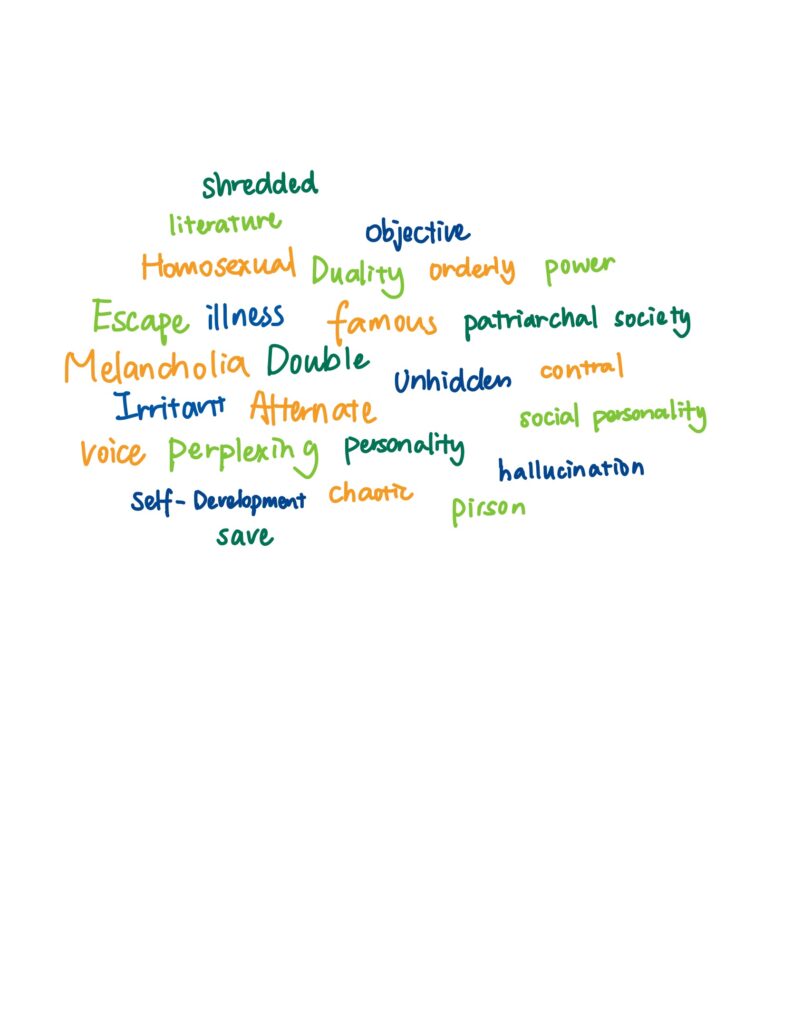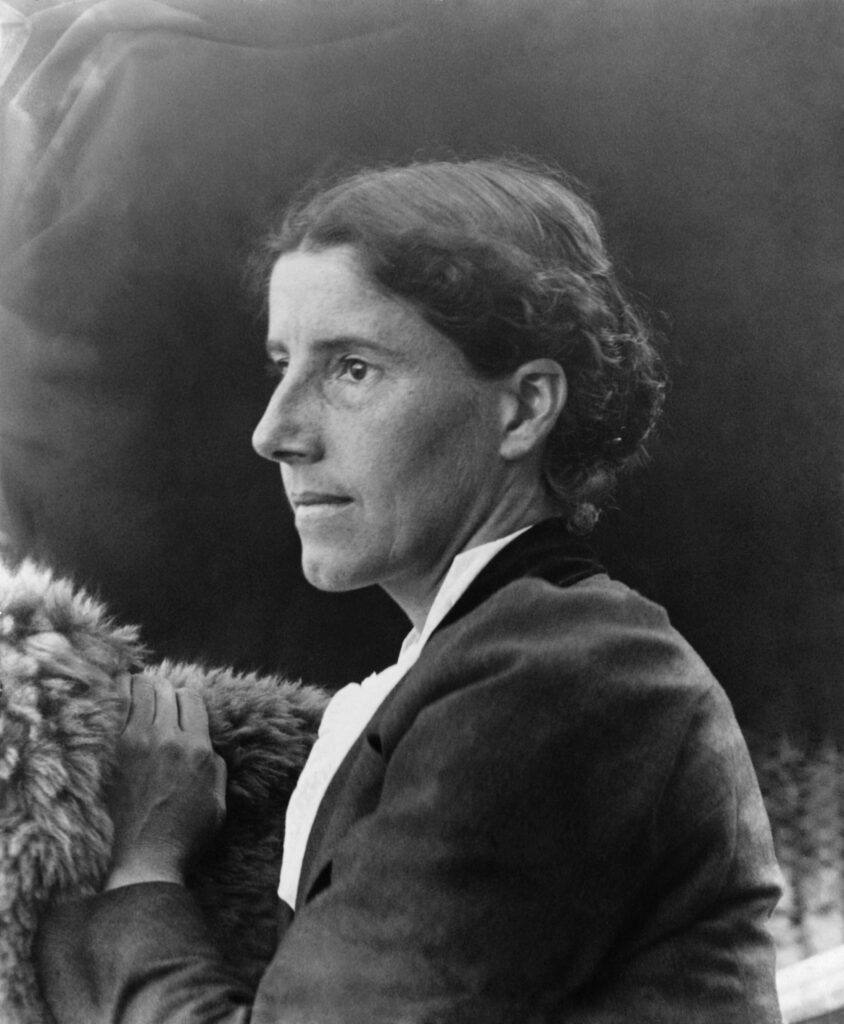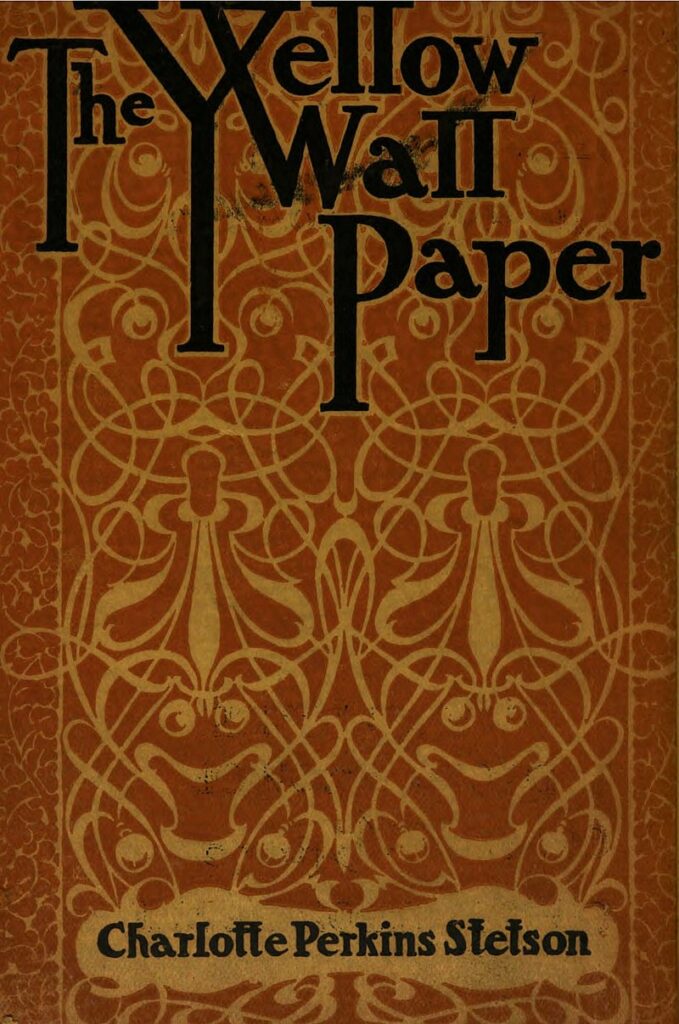The film begins with a flashback, going straight to the heart of the end of the story, —— Taylor, holding Jack hostage, waiting for the bomb he and his men to install to explode. The director also asked Jack to throw out a verse “I know this because Taylor knows these.” What —— put into a lot of information will be the film’s earliest hint of a split personality.
Then it tells some of Jack’s daily life events to create characters (participating in meetings, chronic insomnia, buying IKEA furniture), revealing the passivity, weakness, escape, and even hypocrisy of his character (to relieve insomnia, Jack chose to participate in mutual meetings for terminally ill patients)

Mara and Jack are both healthy people (compared to the terminally ill), bringing the character back to their former state of insomnia and anxiety. Jack is still in a state of insomnia, and trance, which sets the way for his second personality. So Mr.Taylor appeared. Taylor’s appearance disrupted Jack’s life layout, so Taylor had to try to change and indulge, when trying to have the fun of indulgence, he continued to try to seek a more exciting lifestyle. In the process of seeking stimulus, jack more than once told Taylor, told him to do it wrong, to obey the rules of the society, but Taylor broke the rules again and again, to jack show his behavior style, under the guidance of, again and again, jack began to stand with Taylor, break the rules, move forward together.
It looks like Dorian.
Let’s take a look at their character: Jack is a conservative, introverted, abide by the rules of social workers, and relative, Taylor, is an open, outgoing, dare to break the rules, Taylor has jack does not have brave and decisive, at the same time, will do some jack once wanted to do but did not do things —— such as seeking violence (liberation) and sex (satisfy self). So in this film, the conservative and introverted office worker is Jack’s external personality to society. Jack, on the contrary, belongs to the hero’s inner personality.


